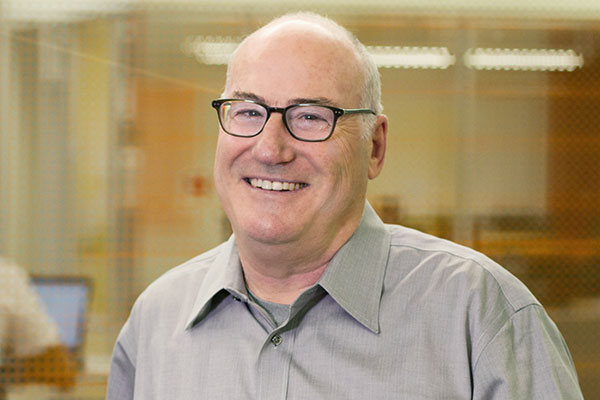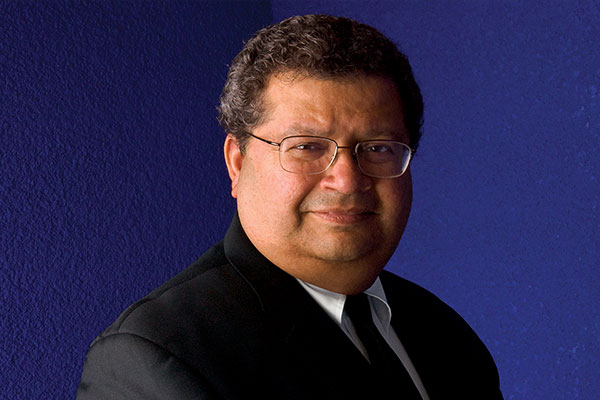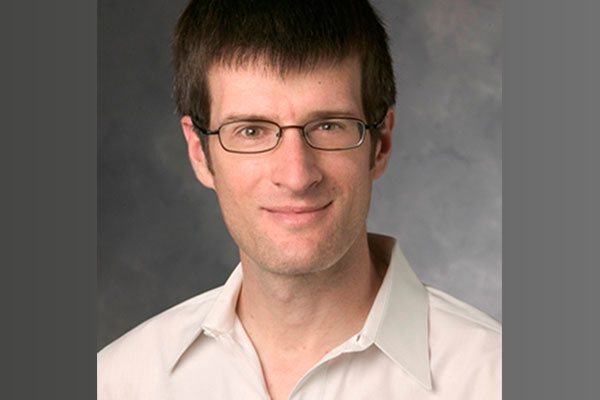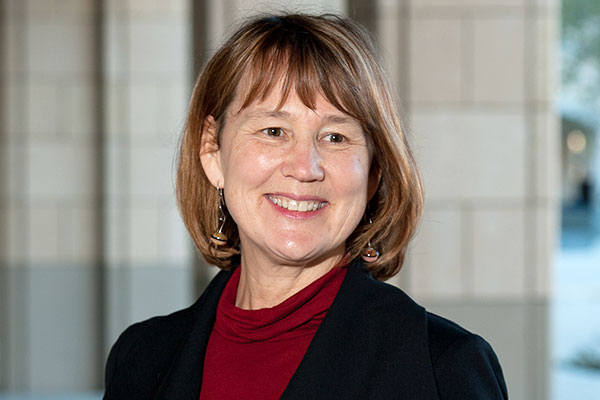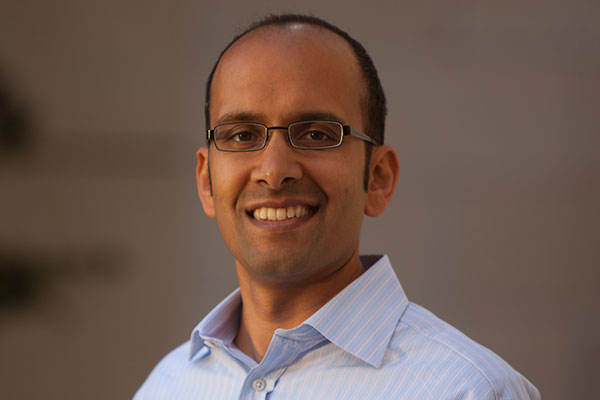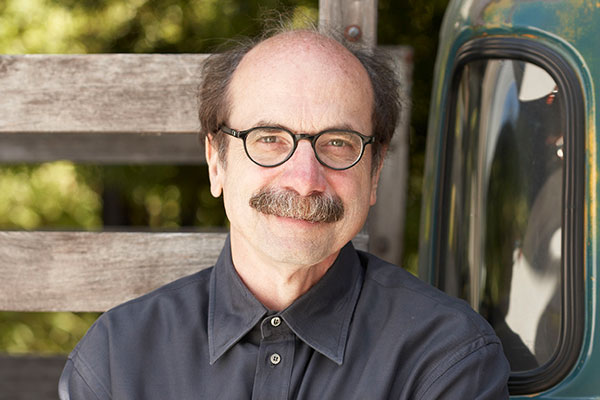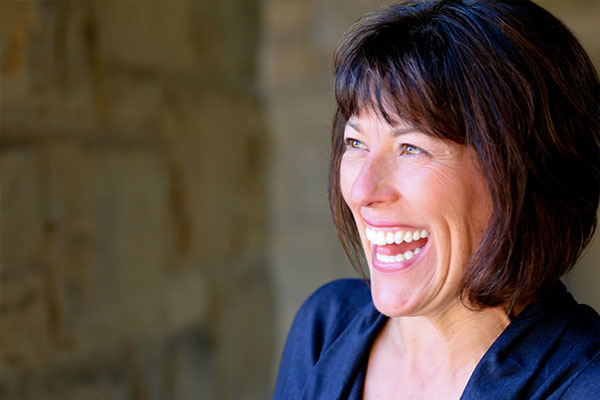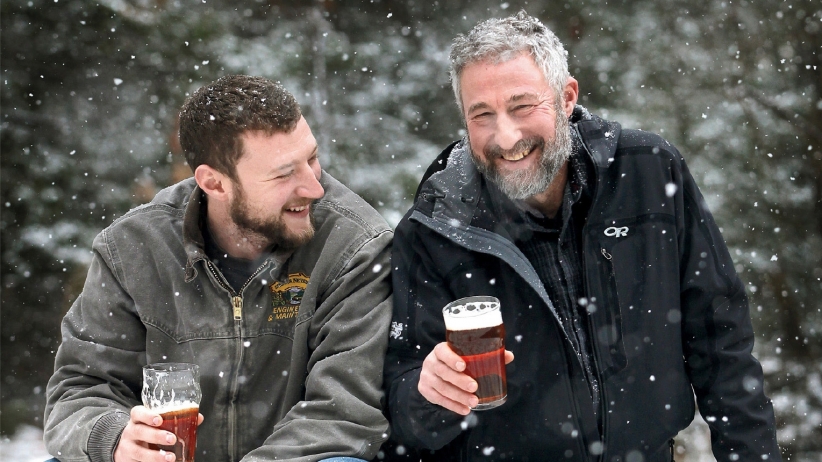Our Mission: To help leaders and teams change their organizations for the better.
The Designing Organizational Change Project develops solutions that spur constructive beliefs and actions (and that squelch destructive ones). We bring together students, faculty, and leaders from a host of for-profit and non-profit organizations — we work with people bent on learning why and how effective change happens despite the inevitable countervailing forces. We uncover, tinker with, and test promising solutions in our classes, studies, and projects with organizations; we do basic and applied research to understand why and when approaches are (and are not) useful; and we capture and communicate these lessons in academic and applied reports, case studies, and change tools.
This project is an initiative of the department of Management Science & Engineering and the Stanford Technology Ventures Program (STVP), in collaboration with the Hasso Plattner Institute of Design at Stanford.


